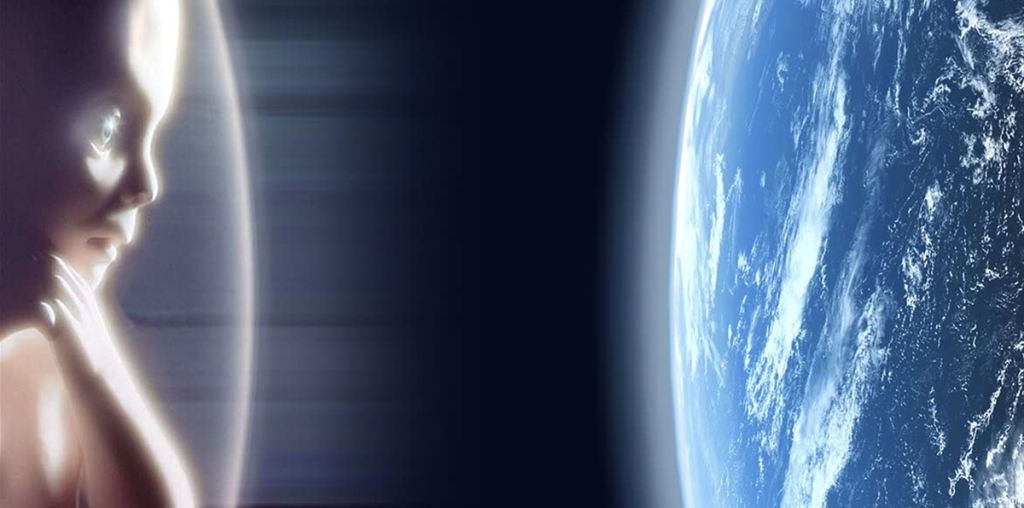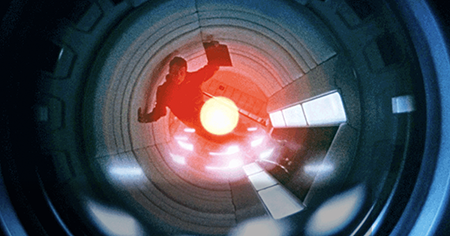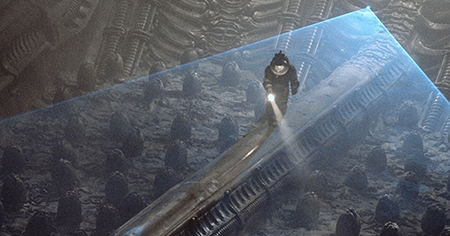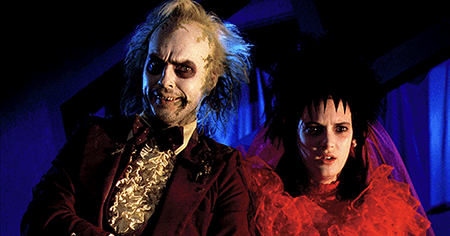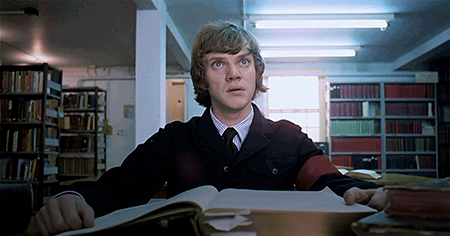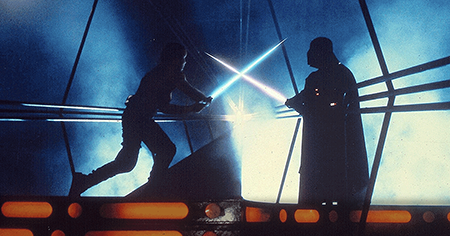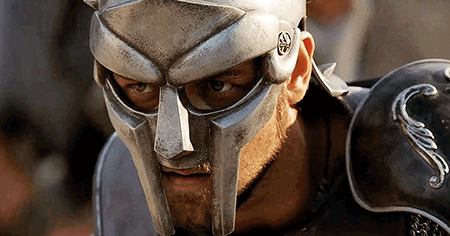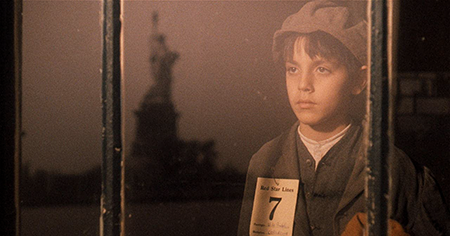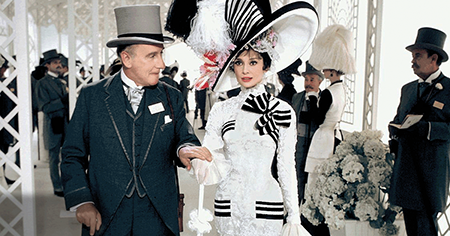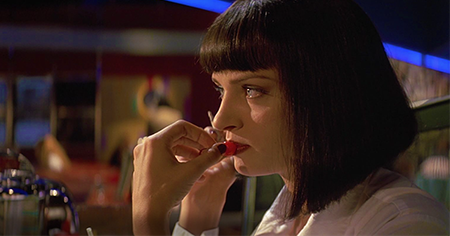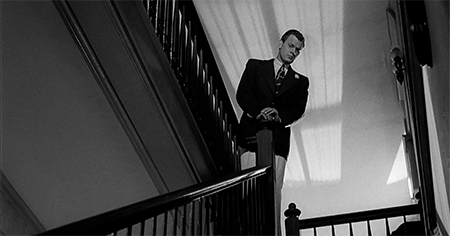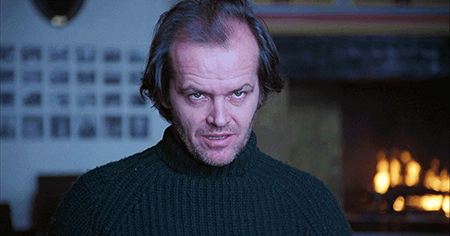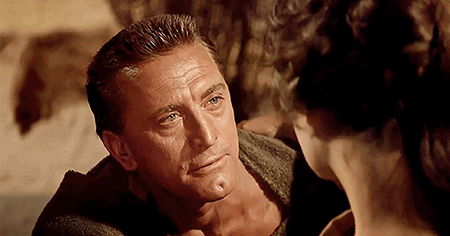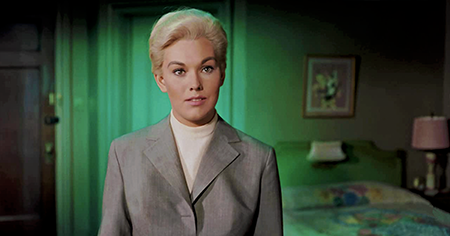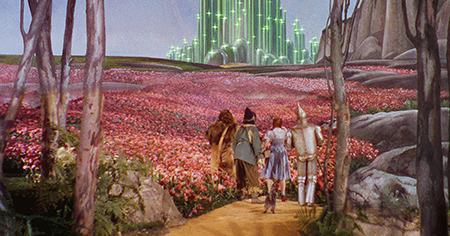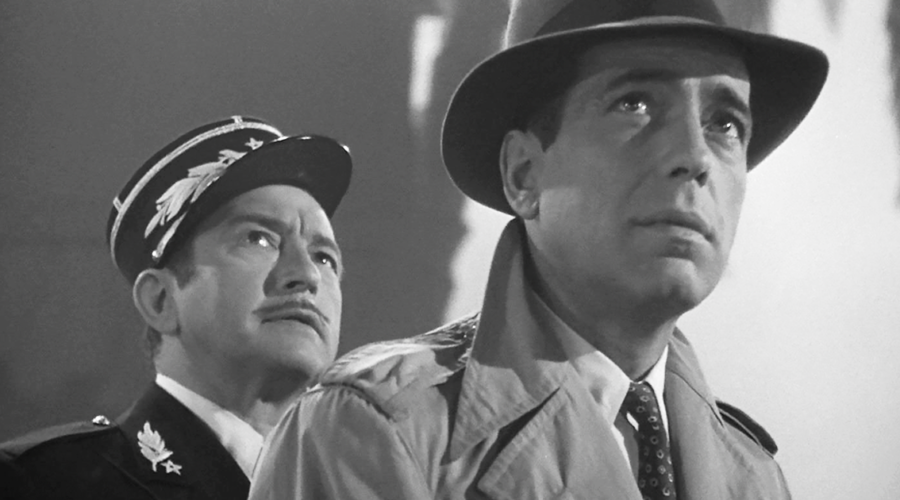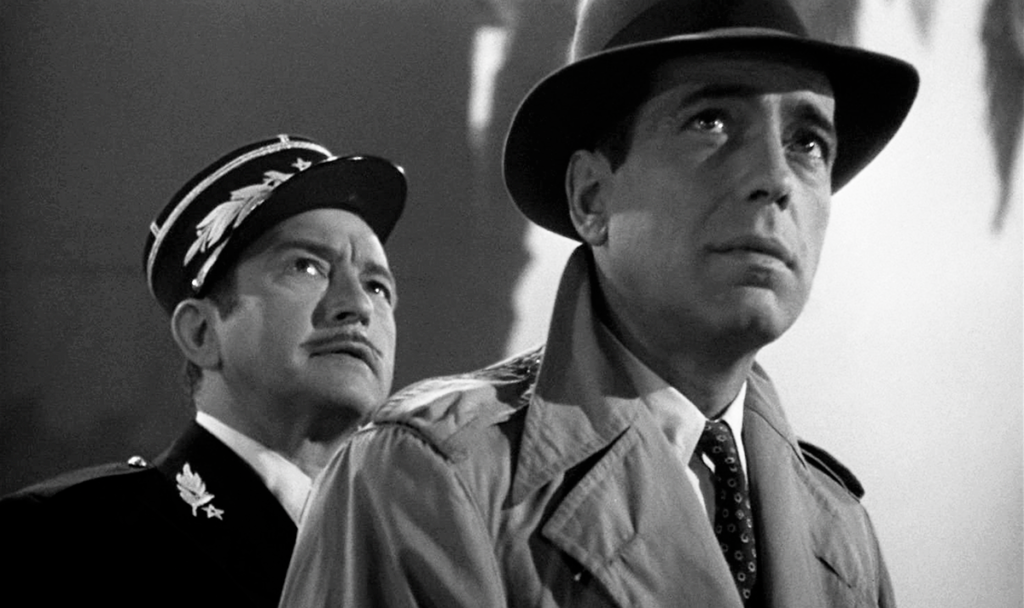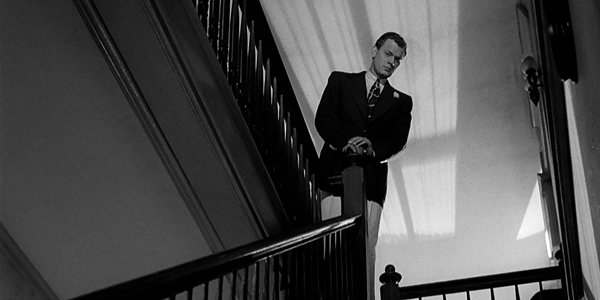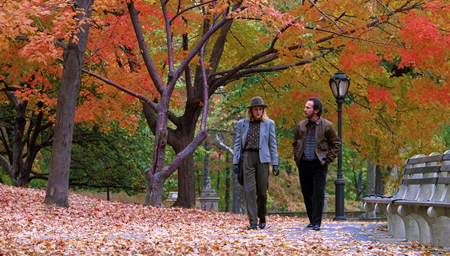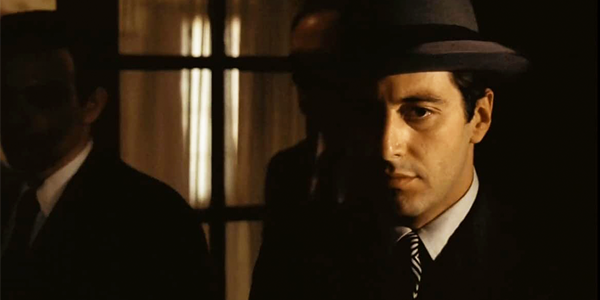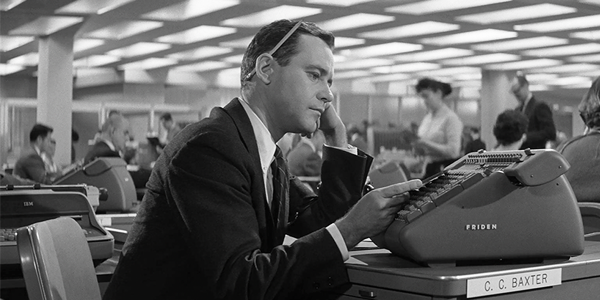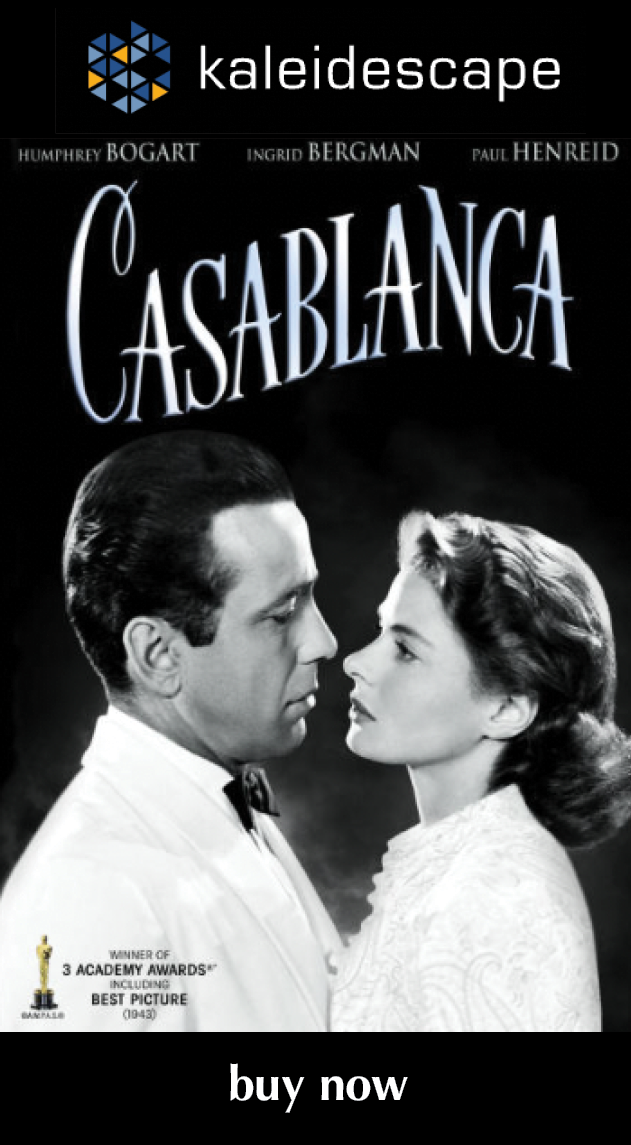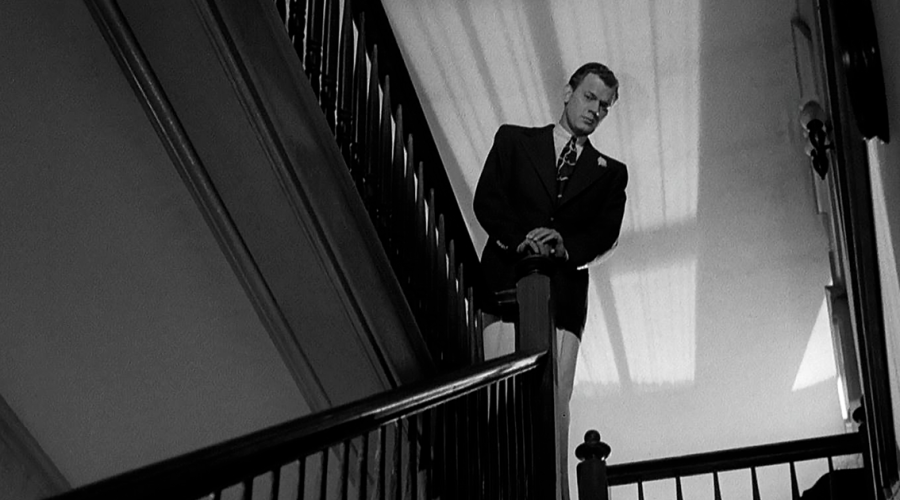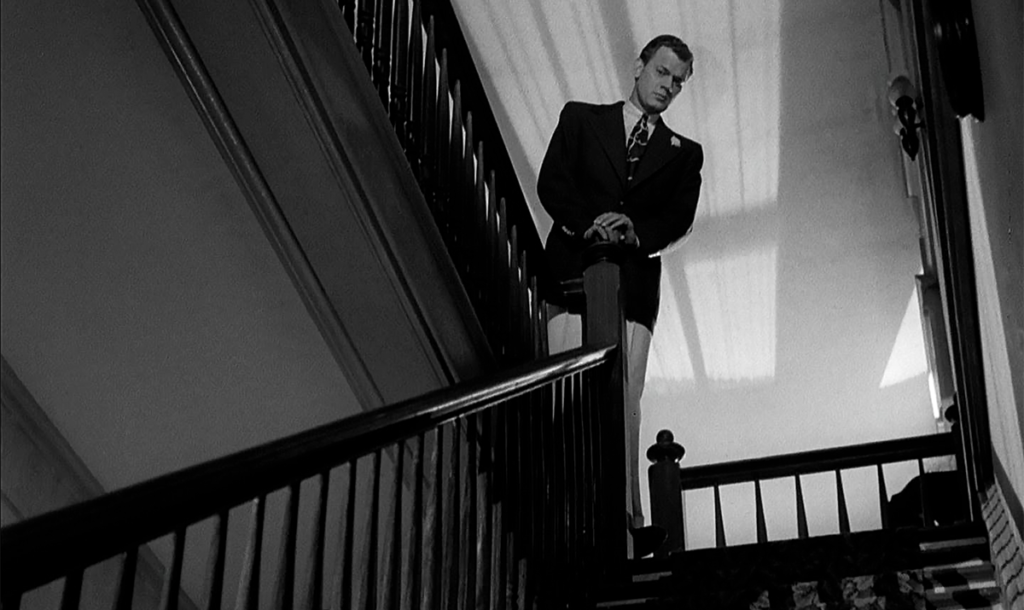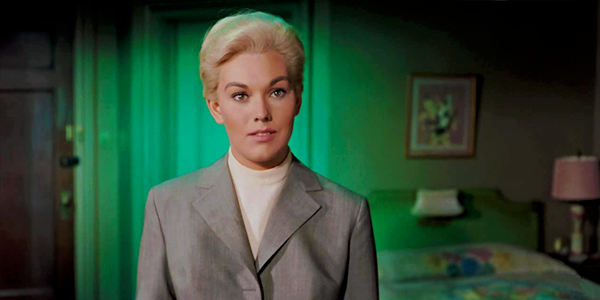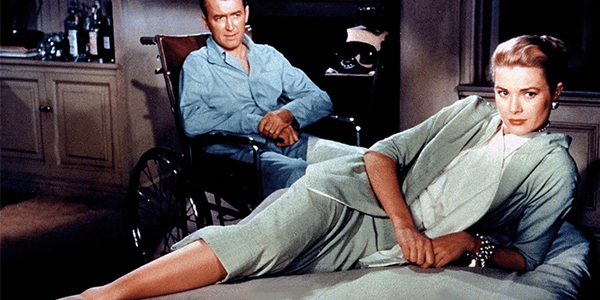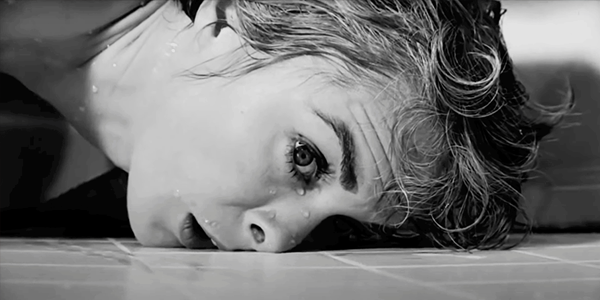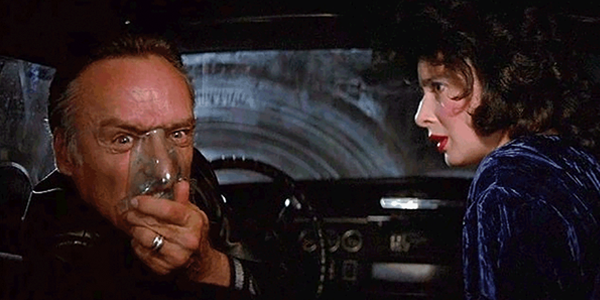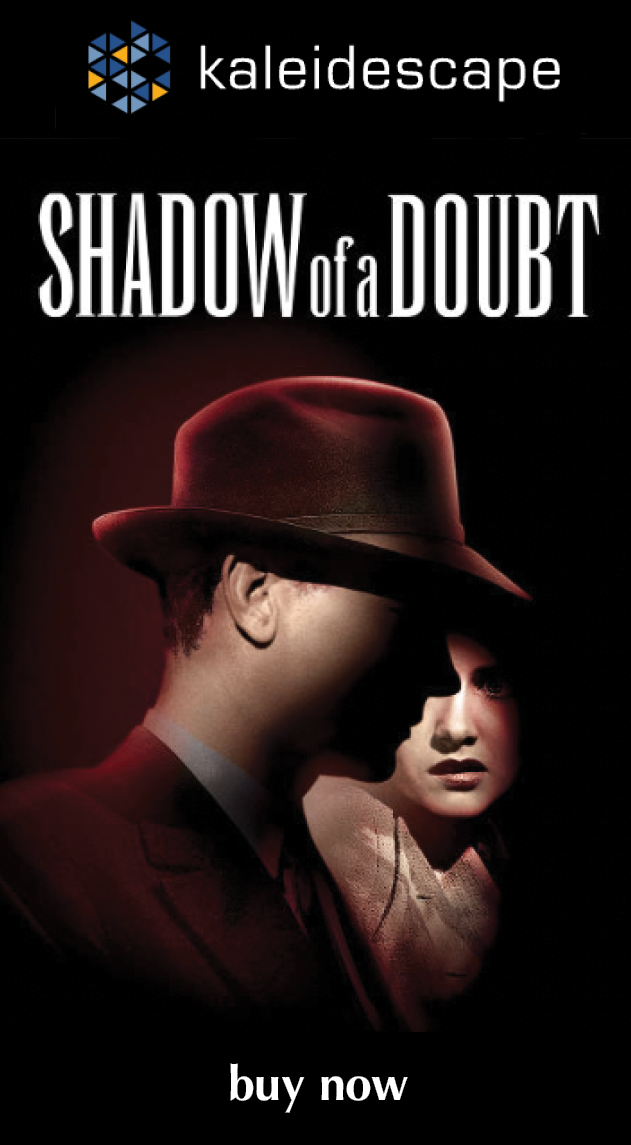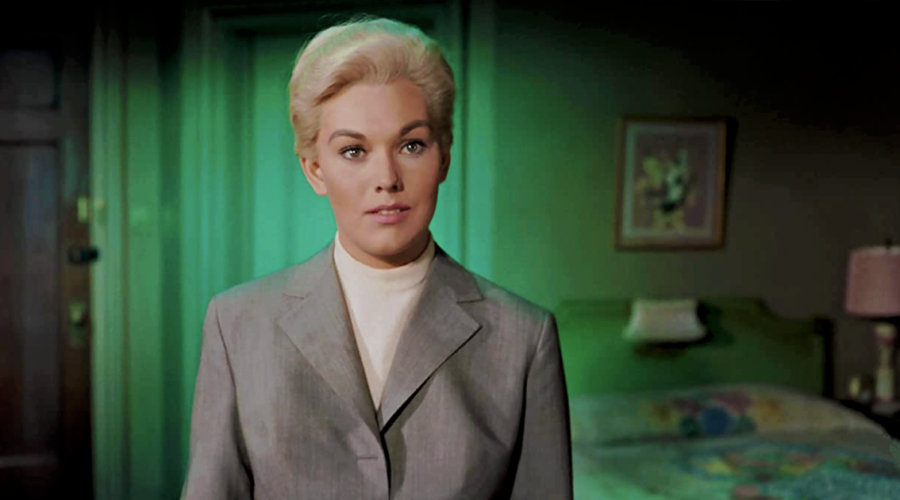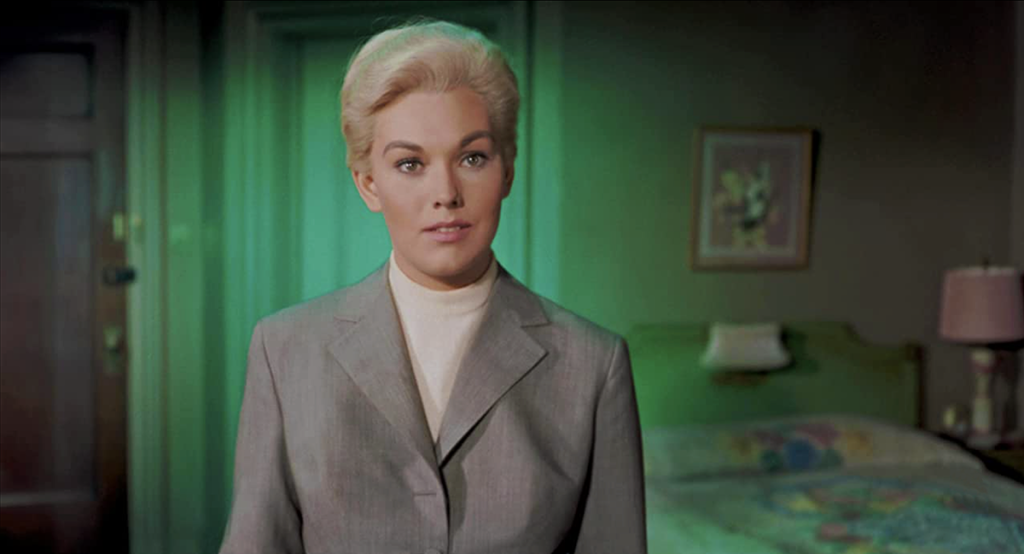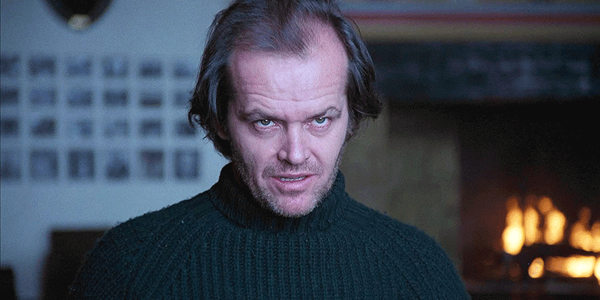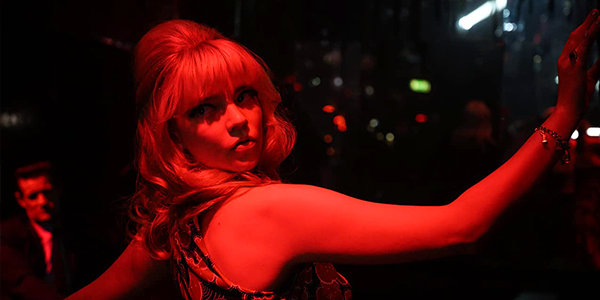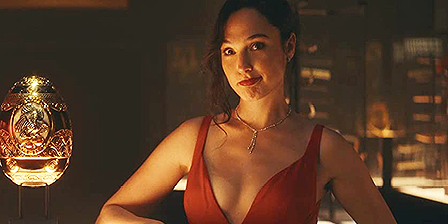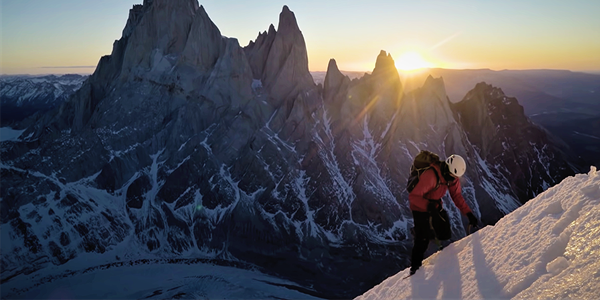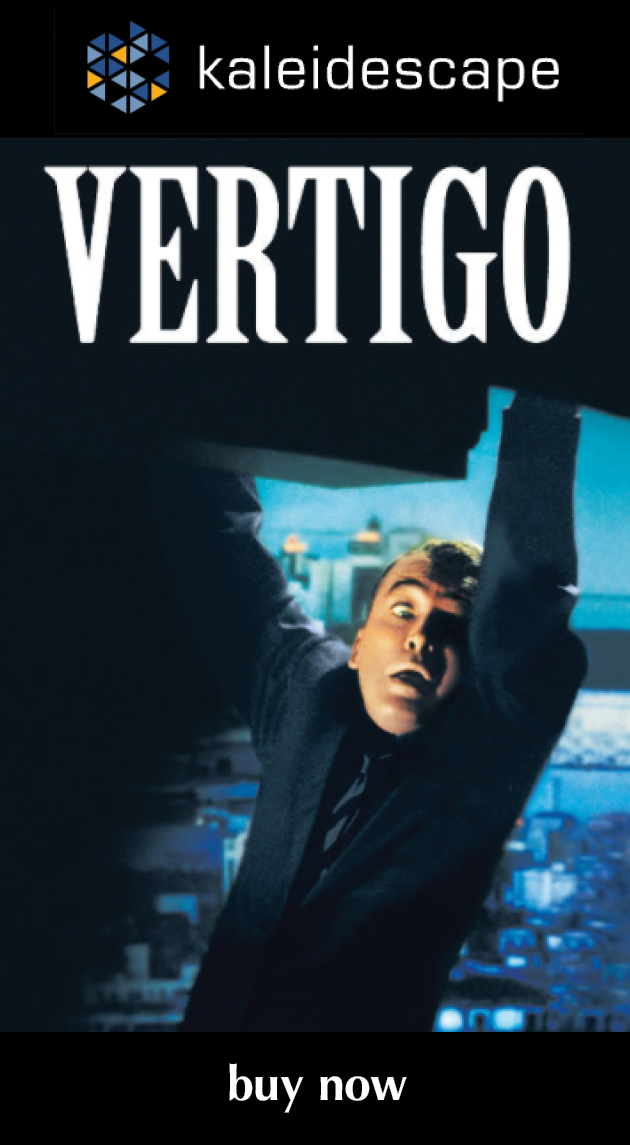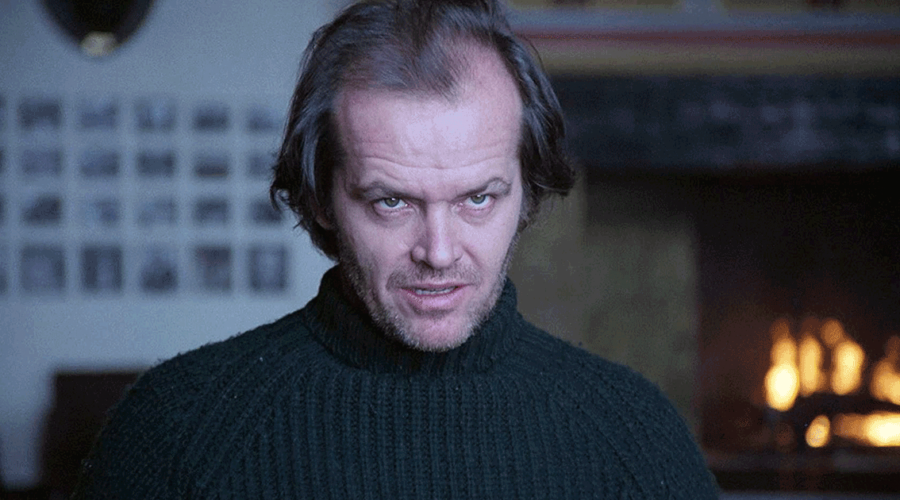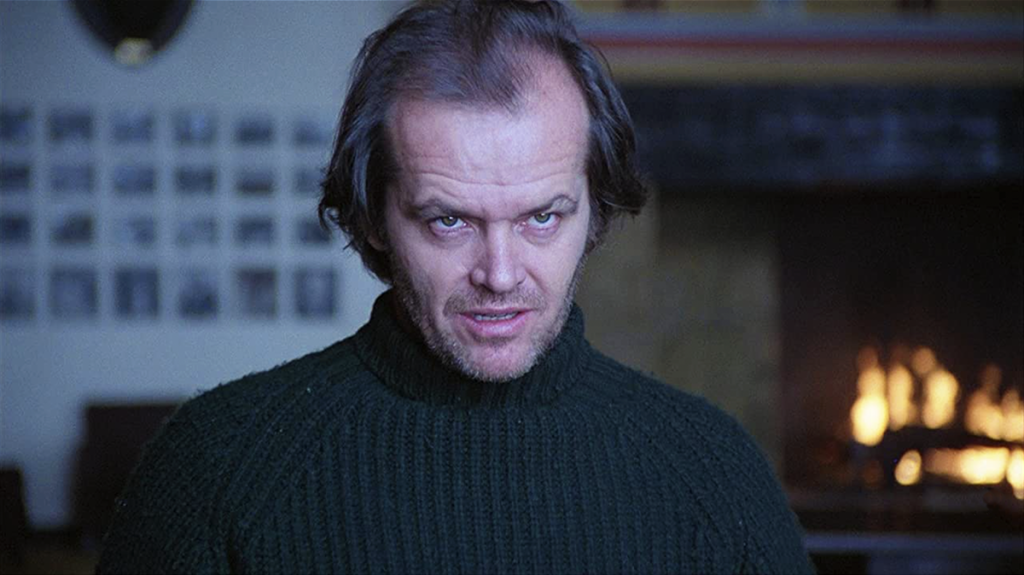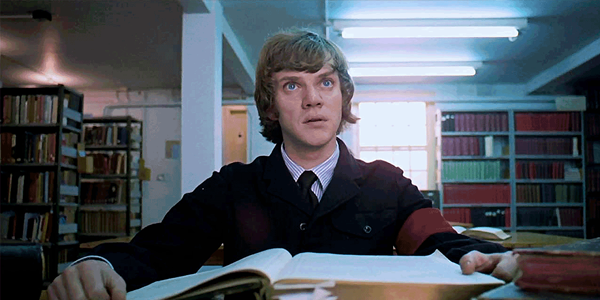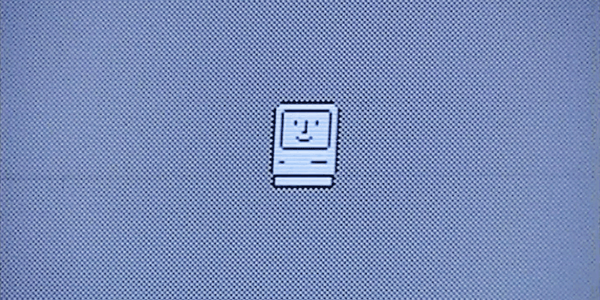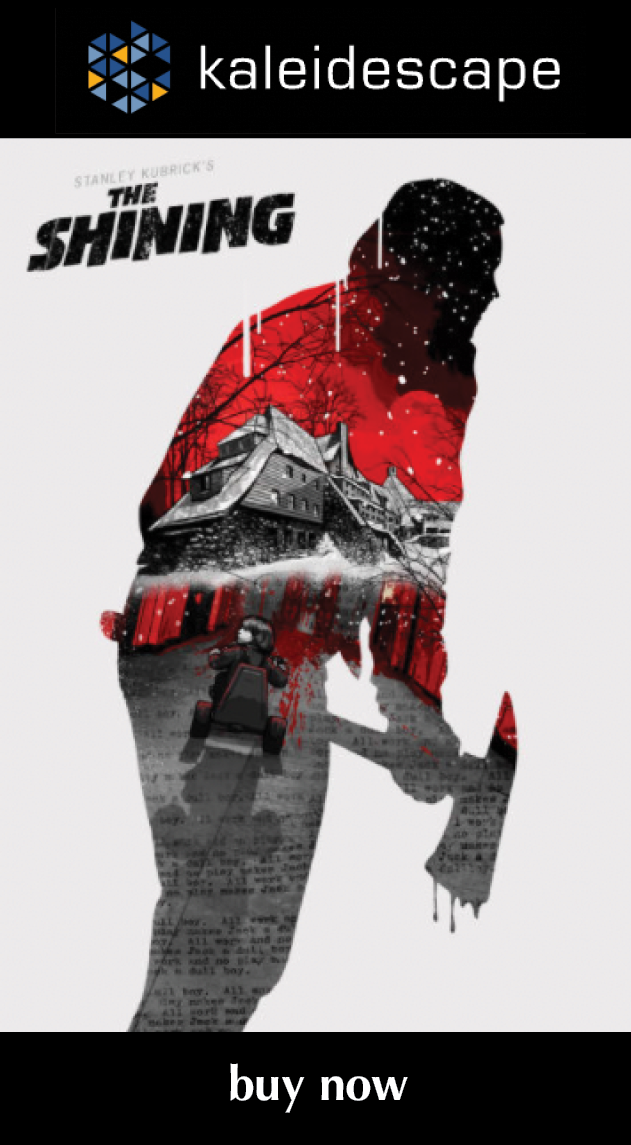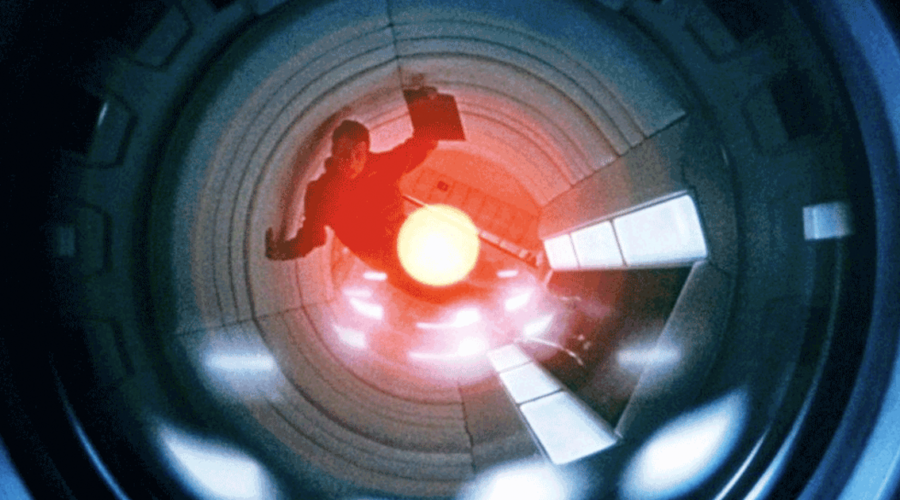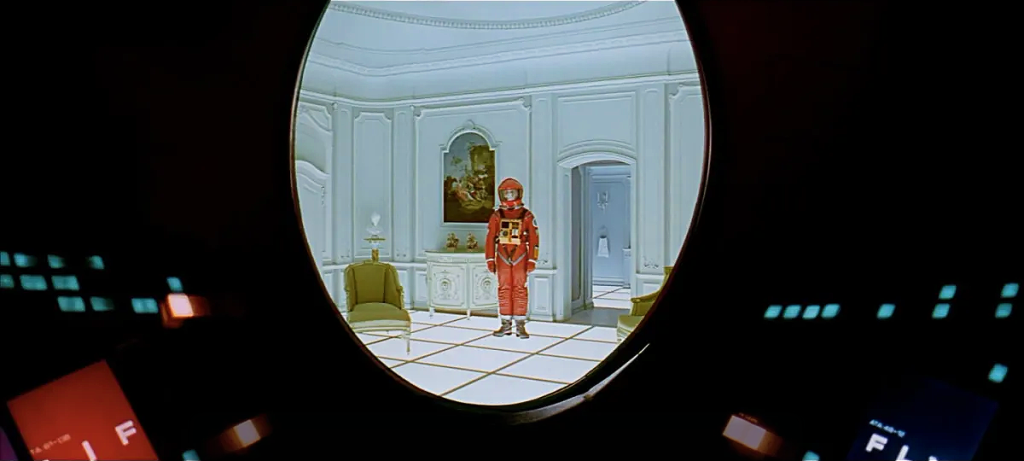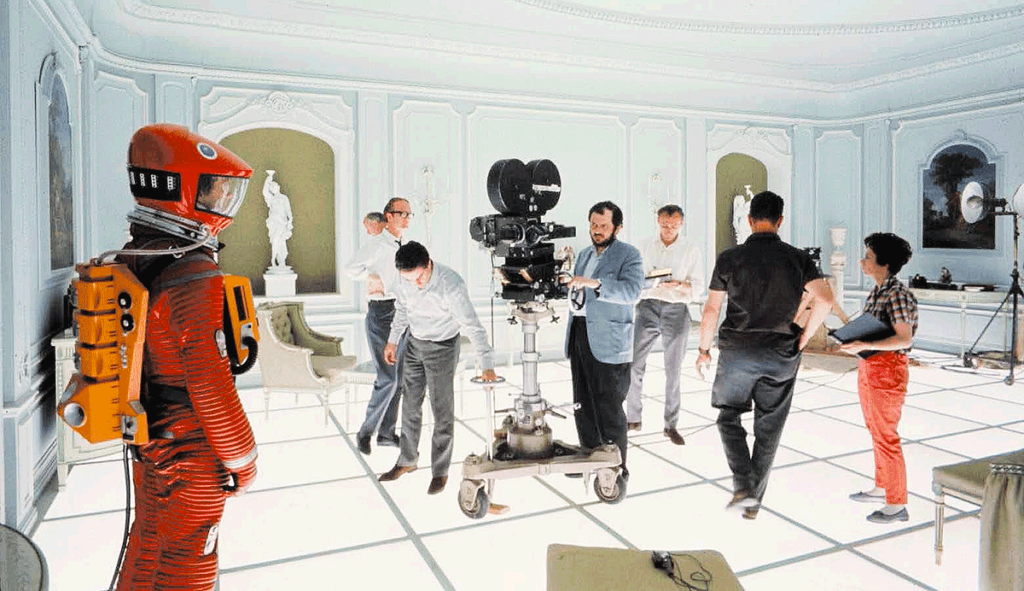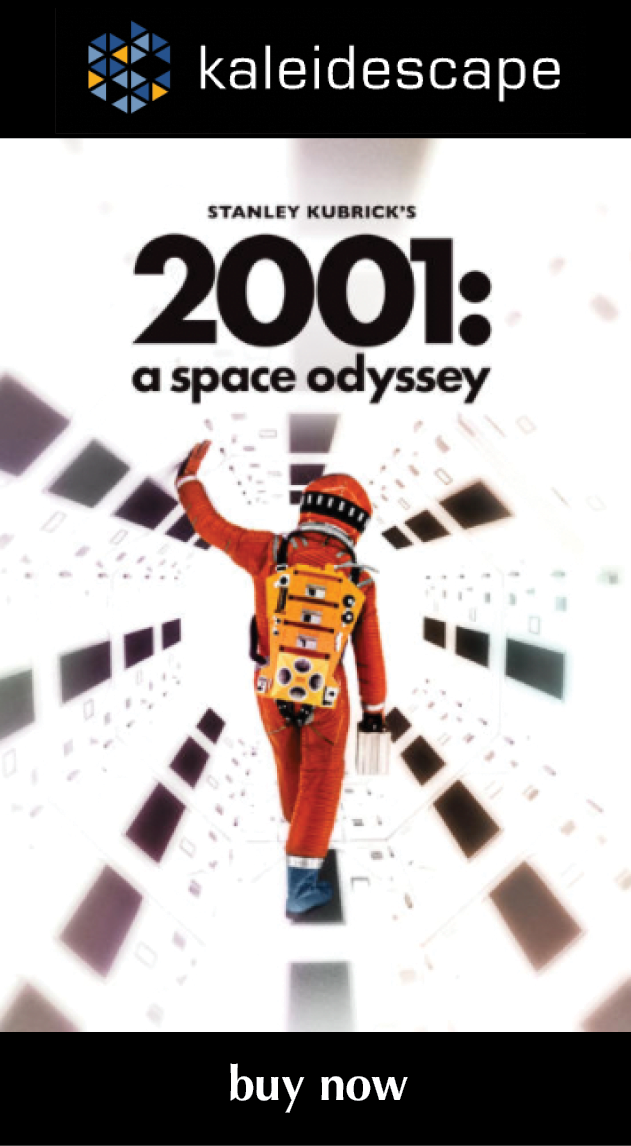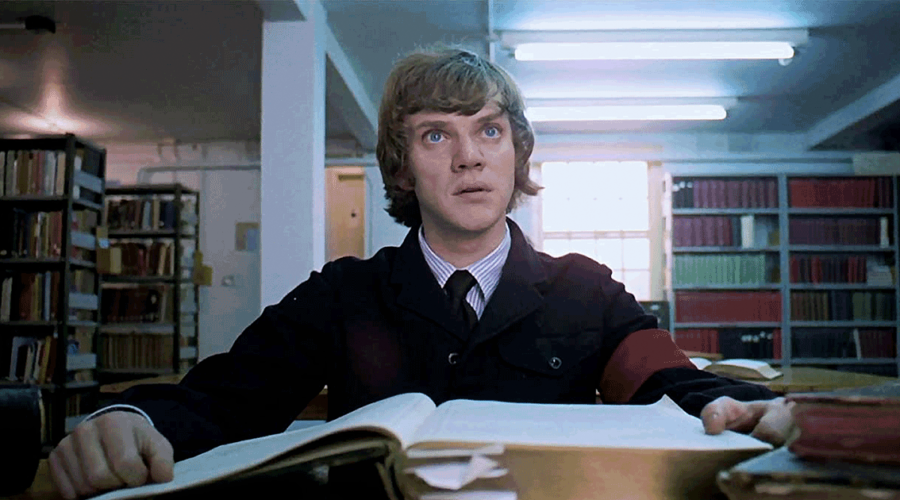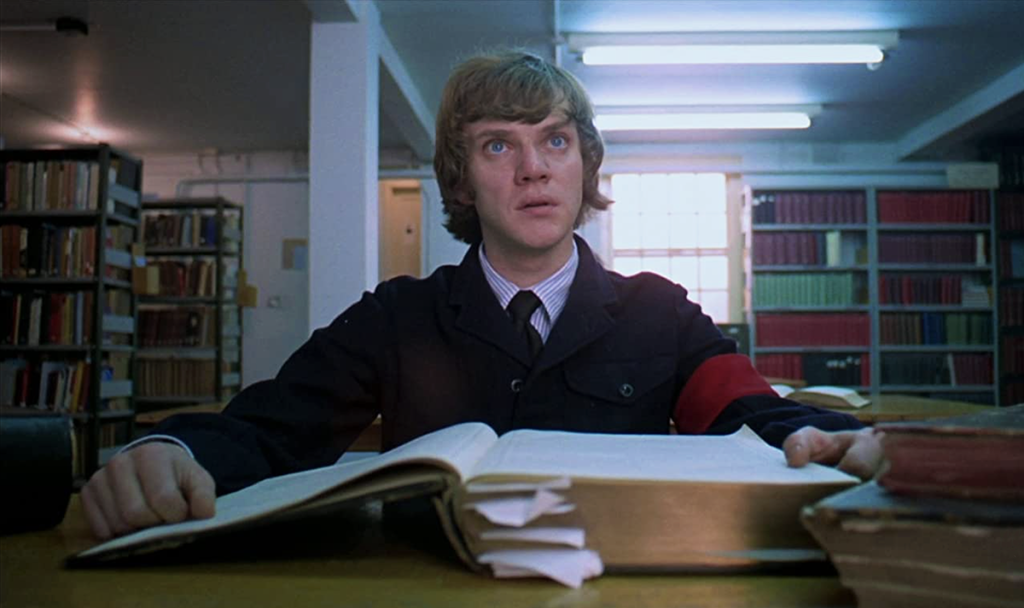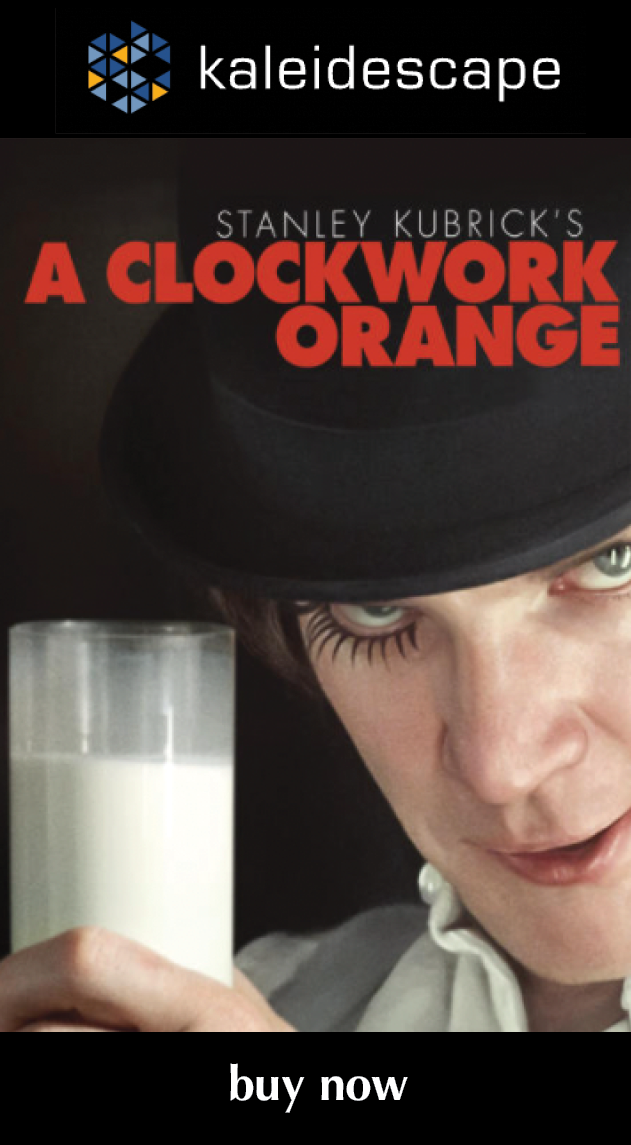4K HDR Essentials
15 classic films that show how 4K HDR can help ensure that you can have a better-than-movie-theater experience at home
by the Cineluxe staff
An increasing number of older movies are being re-released in 4K HDR. And while it’s great to see these classic films becoming available in a form that can approach the quality of their original theatrical release, not all of them have fared well in the new format. To help you create a collection of the true standouts, we’ve gathered the ones that are both exceptional films and that have most benefited from the increased resolution and HDR’s wider color gamut.
The Kaleidescape download of 2001 is one of a handful of films so well served by the 4K HDR treatment that it has to be part of the foundation of any serious film collection. If there’s a single significant hiccup in this presentation, I didn’t see it. The 4K resolution shows so much more than any previous home video incarnation that it’s shocking to realize to what extent Kubrick created outside his era, how unencumbered he was by the stylistic ticks of that time. What really takes the experience to a new, truer level is the HDR. Shots of actual physical objects in motion, like the space station, the Discovery, and most of the extravehicular footage of the pod, are stunning. The brightness of objects in space is one of the things 2001 got basically right and the HDR makes them look so crisp and cold they’re almost tactile. read more
Alien has never really lived up to its potential on the home screen. DVD and LaserDisc versions were overly grainy and noisy, and the previous remastered Blu-ray version couldn’t do the shadow and black-level detail the justice it deserved. All of that is made right with this new 4K HDR version, which looks fantastic. They definitely took a mild touch with HDR here, not overdriving the film but enhancing key scenes, punching up the appropriate highlights like the ship’s drive engines, spotlights, flames, and strobes. Much—and I mean much—of the film takes place in the dark, with many things hidden in shadows, and it is here where the cleaned-up transfer and HDR have the greatest impact. read more
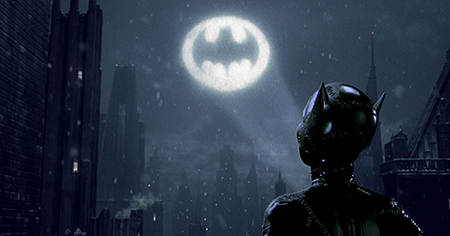
To say that the film has never looked as striking as it does here would be a banal understatement. The improvements over previous home video releases simply cannot be summed up in a handful of paragraphs. The additional detail over the Blu-ray release from 2010 is jaw-dropping from beginning to end, but it’s the HDR grade that truly brings this film to life. Returns is genuinely stygian throughout, and the enhanced contrasts, shadow detail, and depth afforded by HDR give the streets of Gotham and the sewers beneath a depth and richness I don’t remember seeing even in the film’s original big-screen release.
read more
Maybe the most startling thing about this new presentation is how nuanced the colors are. Gone are the ridiculously ruddy skin tones and the Hulk-Smash green of the foliage. The second thing you notice is that there’s just so much detail in the image that has been lost in previous home video transfers. Beetlejuice is one of the worthiest UHD HDR remasters I’ve seen to date (almost on par with The Wizard of Oz), and the film itself is such a joyous (and ironic) celebration of life that it stands on its own.
read more
Seeing A Clockwork Orange in 4K HDR took me back to my early experiences with, and excitement for, the film. And that changed perception all hinged on seeing the cinematography done absolutely right. Kubrick was indisputably aiming for grunge—a goal he achieved in spades. But he did it with a subtle, and puckish, elegance and elan that makes the images not dispiriting but thrilling. Watch this film in anything other than 4K HDR and you’ll miss the twist the whole experience pivots on. read more
Literally from the film’s opening seconds, you will notice the improvement in picture quality. The starfield is black and crisp, with hundreds of bright pinpoints of starlight (were there always that many stars?), and the opening text scrawl is a glorious vibrant yellow that leaps off the screen. The visuals are crisp and sharp with tons of contrast, creating incredibly cinematic images that are every bit as dynamic and compelling as anything you’ll see in modern film. I honestly can’t say enough about this 4K HDR transfer of The Empire Strikes Back; it is truly reference quality in every way. read more
Filmed in 35mm, Gladiator was given a restoration in 2018 and both the Ultra HD Blu-ray disc and the Kaleidescape download are taken from a new true 4K digital intermediate. The movielooks like it has been born anew. Closeups reveal the texture and feel of the fabrics used on the elaborate Academy Award-winning costumes, the nicks and dents in the battle armor or links in chainmail, the cracks and lines in the walls of the city, or the fine stalks of wheat with individually detailed wisps, or the dirt and dust Maximus rubs on his hands before each battle. The new 4K HDR version, clocking in at a whopping 95 GB from Kaleidescape, represents the best you’ve ever experienced this film! read more
Streaming just doesn’t cut it for this one. You need to experience The Godfather Part II at the highest bitrates possible to truly appreciate the work done on this restoration. Until something better comes along, which hardly seems likely any time soon, this will be my new reference standard for how older 35mm films should be restored, remastered, and encoded for UHD HDR.
read more
How’s it look? In a word, stunning. Images are incredibly clean and detailed throughout, with razor-sharp edges. Cobblestones in the street are clearly outlined and detailed, as is the distressing and texture in cement columns. We also get terrific depth of field and focus. Shots such as at the Ascot Gavotte race or at the embassy dance show dozens of actors at once, all in crisp focus. They really demonstrate the benefits of being able to extract every bit of detail from the 8K scan of the original 65mm negative and Super Panavision 70 process. I can’t imagine My Fair Lady looked or sounded any better even on the night of its premiere. This transfer has images that look great for a modern film, let alone one that is 56 years old, and it dazzles up on a home theater big screen. read more
Pulp Fiction in 4K positively brims with organic but exceedingly fine grain and the sort of gorgeous halation you get with 35mm film. The pristine scan of the original elements, which makes the imagery more three-dimensional and beautifully resolved than ever before, legitimately serves to subtly enhance and underscore the inherent and intentional tawdry artifice of it all. If you’re a fan of Pulp Fiction, you need to see this new scan, and Kaleidescape’s download is an excellent way of acquiring it. read more
Let’s cut right to it: Shadow of a Doubt is the best 4K HDR Hitchcock release to date. It’s a still compelling, even riveting, work presented in a way that couldn’t be more true to how the film was made, without any jolts triggered by bad elements or overzealous hands at the knobs. If you want to see a Hitchcock film from the period when he was in full control of his artistry presented pretty much as he intended, this is it. read more
Anyone who’s only seen The Shining at less than 4K resolution—even on a cinematic home theater screen—has never really seen this film. This transfer is the most beautifully done, and faithful, 4K HDR translation I’ve seen of any movie. Nothing is overemphasized; all of it is in the service of the film. And you can feel the full impact from the very first shot, where the faint ripples on the surface of the lake create the sense the small island is rushing toward you, and where the detail deep in the landscape makes the shot seem almost 3D—an effect maintained throughout the opening sequence, where the images have so much detail in the distance that they border on vertiginous. With HDR, the landscapes seem not just grand but crisp and cold and almost nasty. read more
The quality of this 4K transfer is apparent before the film even starts, as the title credits are razor-sharp, clean, and clear. The images have incredible depth and sharpness, letting you see for miles into the distance. Resolution is impressive throughout, with individual pebbles and stones visible in the rocky ground, or the frayed edges on the ragged sleeves of the slaves’ tunics, the detail of the embroidery, or the scuffs and wear in leather. The care and effort that went into this restoration are simply stunning to behold, letting you appreciate details audiences 60 years ago likely missed. Is it worth your time/money to watch? Absolutely. read more
This is by far the best of the first round of Hitchcock films to receive the 4K HDR treatment. Vertigo is practically seamless in its presentation, gliding from image to image without any jarring technical distractions. There’s one moment where 4K HDR really comes through. The pivotal scene where Madeleine reborn emerges from the green mist in Judy’s shabby hotel room had always looked corny on previous home video releases, but here you can experience for the first time outside of a movie theater exactly what Hitchcock was aiming for. Vertigo ranks up with The Shining as the best 4K HDR release of a catalog title I’ve seen to date, letting you experience what greater resolution and a wider color gamut can do to restore the impact of an older film. read more
This 4K HDR release of The Wizard of Oz is the first that manages to replicate the experience of viewing the movie by way of a pristine 35mm print. There’s simply no mistaking the color palette of this new transfer for that of any previous home-video release. When viewed via Kaleidescape, the 10-bit palette of this release puts all of the colors in their proper proportions. If you’re reading this, you already know what the film means to you—you’re simply deciding whether or not it’s worth the 4K HDR upgrade for an 80-year-old film. The answer to that is a resounding, enthusiastic, unapologetic “Yes!” Few films have benefited from the increased resolution, enhanced dynamic range, and most importantly the wider color gamut of our current home video standards nearly so much as this one. read more
© 2023 Cineluxe LLC


